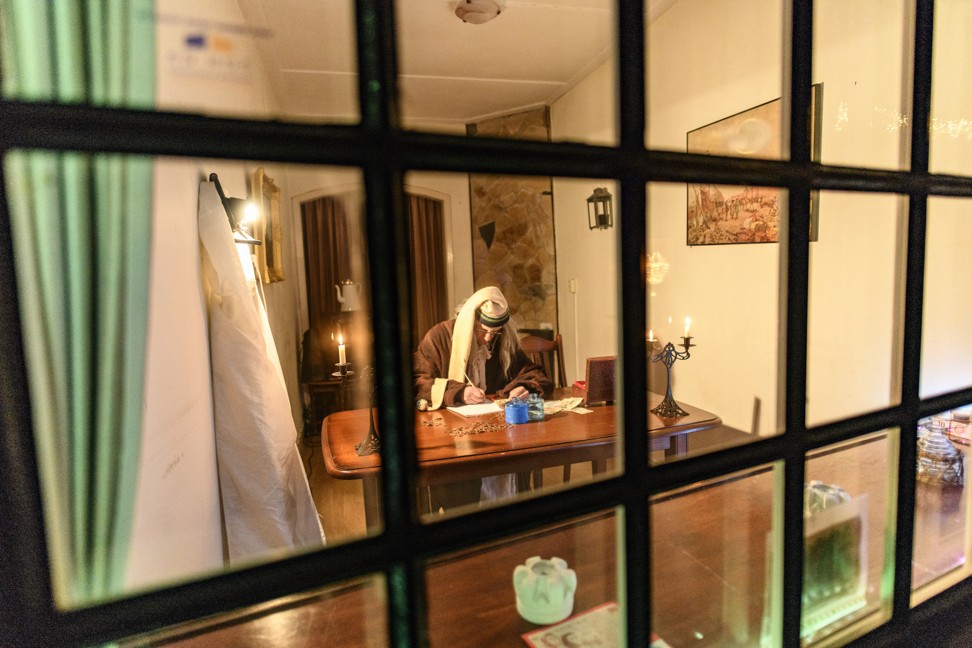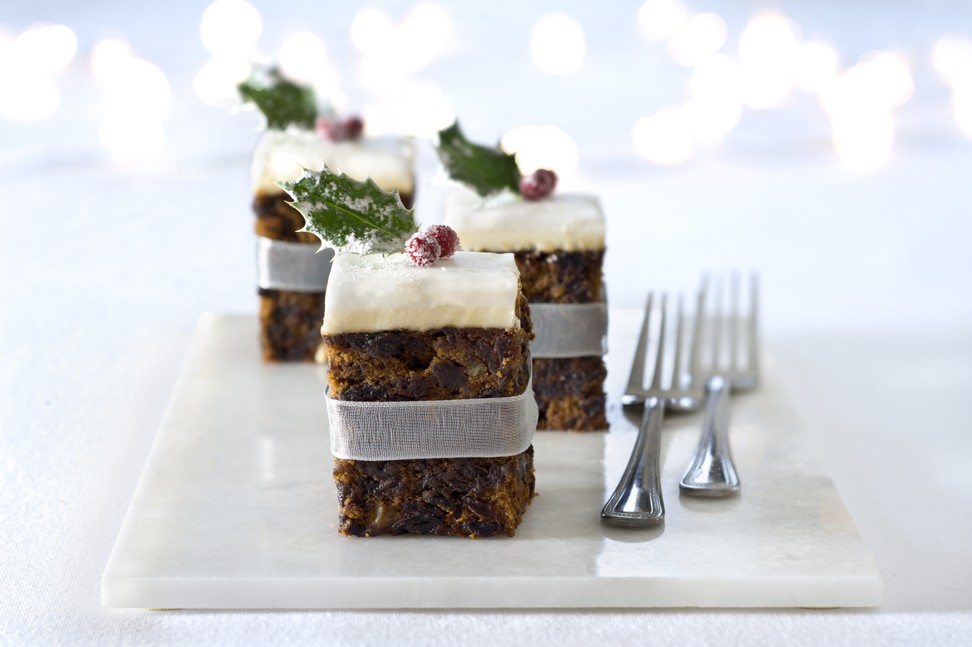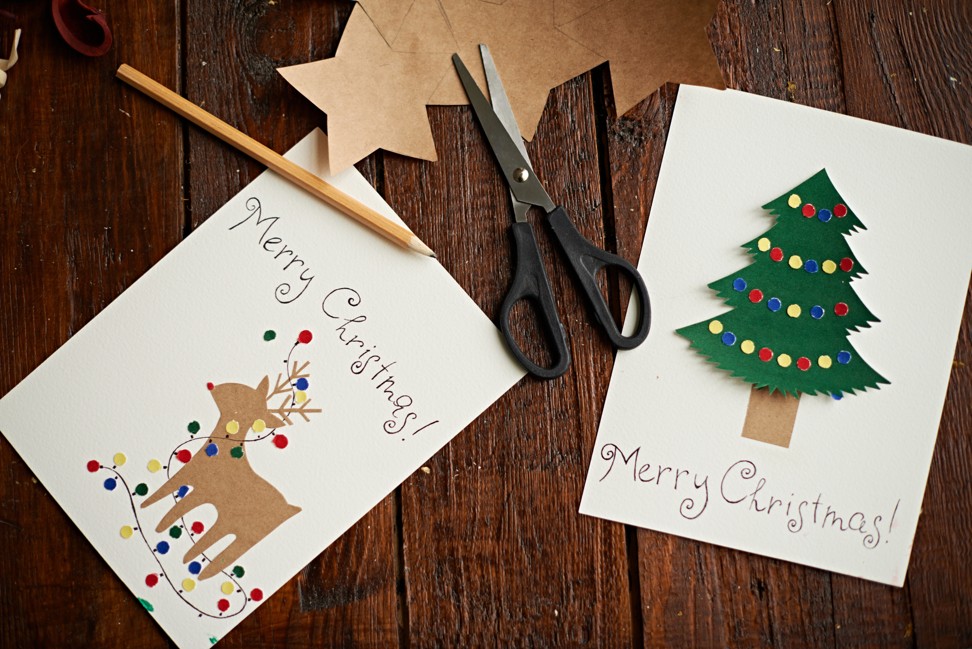
‘A Christmas Carol’ author Charles Dickens’ descendant on the origins of Christmas traditions
It was during Victorian times in Britain that Christmas became a national holiday, and the author’s seasonal short stories and books ushered in many of the traditions associated with the festival

For many of us, Christmas is that special holiday of the year when we decorate a tree, send out cards, give gifts and spend Christmas Day overindulging in traditional food and drink including mince pies and fruit cake.
But Christmas has not always been a public holiday; before the mid-1800s, it was primarily a religious celebration enjoyed by the wealthy. It was during Victorian times in Britain that Christmas became a national holiday and that many of the traditions we follow today became associated with the festival.
If there is one figure who shaped Christmas as we know it today, it is the author Charles Dickens. His seasonal short stories and books, and particularly his novella A Christmas Carol published at the height of his popularity in 1843, were wildly fashionable.
“A Christmas Carol popularised Christmas,” says Lucinda Hawksley, a great-great-great-granddaughter of Dickens, whose book, Dickens and Christmas, was published by Pen and Sword last year. “You could say he created the template for how Christmas is celebrated in England, and now in many places around the world.”
Dickens, who struggled with poverty as a child only to become the most adored and influential writer of his time, wrote A Christmas Carol to “strike a sledgehammer blow on behalf of the poor man’s child”. The tale tells of elderly miser Ebenezer Scrooge, who, after being visited by the ghost of his former business partner and the spirits of Christmas Past, Present and Yet to Come, learns the wisdom of kindness.
The story did indeed affect the lives of average Britons. Christmas was originally celebrated as 12 days, starting with Christmas Eve and running until Epiphany, or Feast of the Three Kings, on the 12th night. It was not a public holiday.
“Before Dickens, Christmas was not a celebration for all. Servants, for example, had no time off, and in fact probably worked harder than ever,” says Hawskley.
A Christmas Carol, however, cemented in people’s minds the idea that no one should work on Christmas Day. This eventually led to the 1870s Bank Holidays Act, and the allocation of Christmas Day and Boxing Day (named for the alms boxes collected for the poor that were distributed the day after Christmas) as public holidays.
With the creation of these national holidays, Christmas was truncated, and the fruit cake that was usually eaten at Epiphany, on January 6, became the Christmas cake of today.
The popularity of Christmas trees is another Victorian development. The evergreen fir tree has been used to celebrate pagan winter festivals for thousands of years, and while the origin of decorating a tree for Christmas is unknown, it existed in the 15th Century in Europe. Some credit the German monk Martin Luther as the source, while others place the first Christmas tree in Estonia or Latvia.
Whatever its origins, it was when Queen Charlotte, the German wife of George III, brought the first known Christmas tree to England in 1800 that its journey to Christmas stardom started.
Long a German royal tradition, Christmas trees quickly became fashionable with the nobility in Britain. Prince Albert further popularised the tradition, with trees sent to schools and army barracks in the 1850s. By 1860, many well-off families in the UK sported a Christmas tree in the parlour.
In the United States, despite a strong German influence, there is no record of the Christmas tree before 1855, while the French only embraced the tradition after 1870.
Henry Cole, a prominent British civil servant, inventor and director of the then Victoria and Albert is credited with creating and sending the world’s first Christmas card in 1843.
Cole helped reform the British postal system and set up the Uniform Penny Post, which encouraged the public to send seasonal greetings on decorated letterheads. As Christmas was a particularly busy time of year, and his mail was piling up unanswered, Cole commissioned his friend, artist John Callcott Horsley, for a time-saving solution: to make a drawing of his family, raising their glasses in a celebratory toast. He had a printer reproduce the artwork, leaving space on the card for a quick, handwritten note.
While today we may have evolved from artist’s illustrations and printing presses to digital photographs and editing software, we have the Victorians to thank for many iconic Christmas traditions.
The 175th anniversary of the publication of A Christmas Carol, which was on December 19, serves as a reminder to be thankful for the most precious of Victorian seasonal traditions: the Dickensian kindness at the heart of Christmas.



